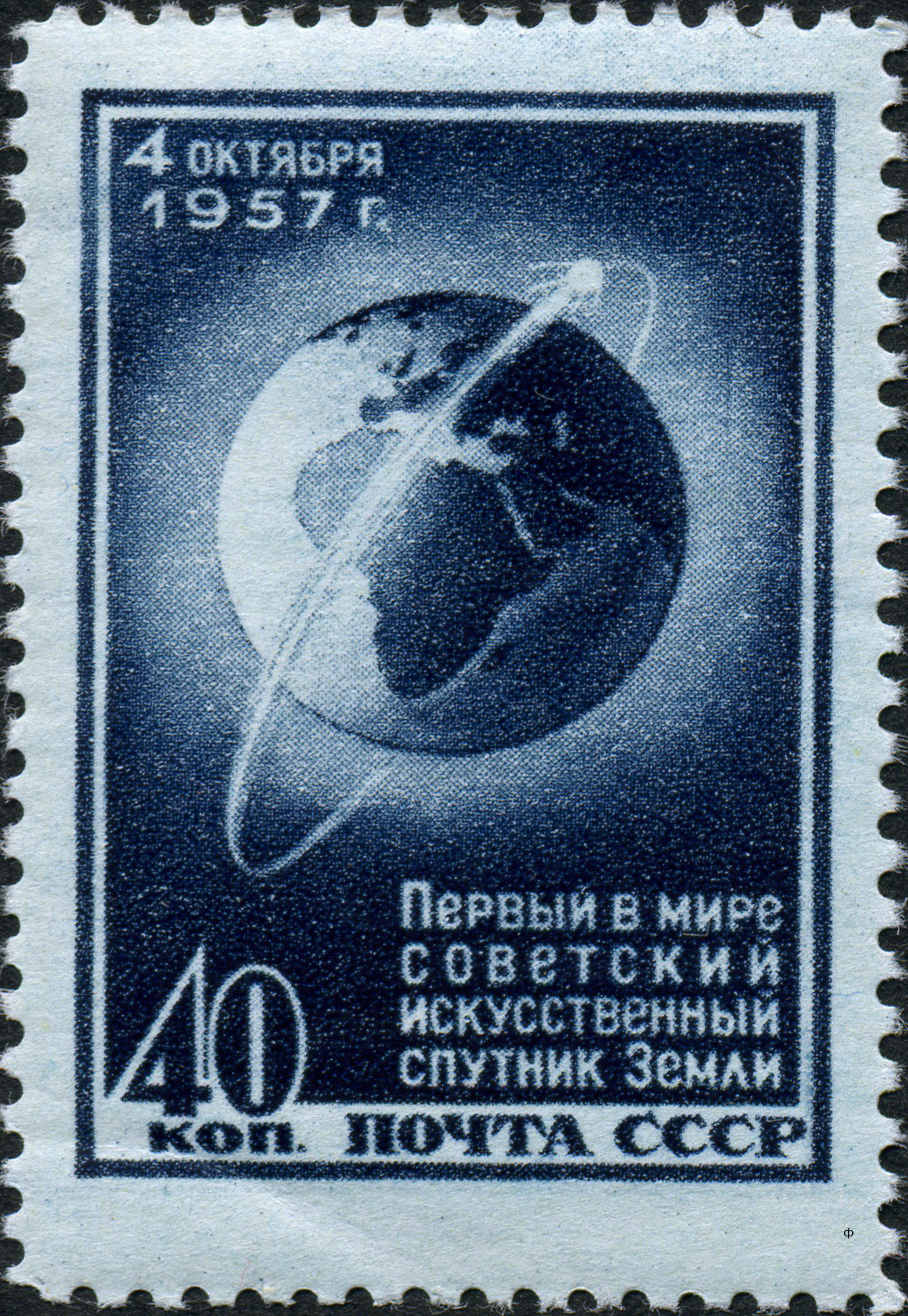A big thanks to Lucie Carruthers for sharing her memories of NASA‘s space program as part of Mach 30’s Open Source Spaceflight Revolution!
This month marks the forty-second anniversary of man stepping onto the moon for the first time and the last time the space shuttle will orbit the Earth. In the span of the fifty-five years that I have spent in the classroom, many space discoveries have been made, many opinions about space have been proven to be false, and many amazing innovations in science have occurred. None of the more recent events in the NASA program have eclipsed the initial euphoria I felt when the United States first launched its space program in the 1950s.
My first introduction to space exploration came at the hands of the older students in the one room, Nebraska schoolhouse I attended in 1957. I remember I was six years old, and in first grade — an age when anything the seventh and eighth graders told me had to be true. On a fall day, warm enough that only a sweater was needed to run out to the pump where the big kids were passing around a dipper filled with water from the small, corrugated tin shed that sat a few yards away from the building, I joined a group of older students who were standing around during a recess break. Someone noticed a shiny object moving across the brilliant blue sky, pointed at it, and yelled, “Sputnik!” Then I recalled my older sister, who was in the fifth grade, burst into tears. She said, “The Communists are going to get us. They’re going to bomb the United States.” For many years, I lived in the shadow of fear that the Communists from Russia were going to destroy our country. That threat was further reinforced when my dad built a sturdy bomb shelter in the basement of our home. This was also the era when some of our teachers told us that humans would never put a man on the moon, while the more optimistic ones predicted people would drive flying cars by the year 2000. Some of the older folk, those individuals born in the late 1800s, often believed that astronauts never stepped foot on the moon but were part of a huge government conspiracy concocted to make people believe they did.
In 1969, the next momentous event in space travel occurred. Contrary to what some of the naysayers from the early 1950s predicted, NASA—using Apollo 11–did put a man on the moon in July of that year, two months after I graduated from high school. The Norfolk Daily News, a local paper, used a fourth of the front page to declare the victorious success of JFK’s New Frontier program. My husband kept a copy of the Omaha World Herald’s special edition commemorating the event and it’s buried somewhere in our house, hidden away like the memory of the near-tragic Apollo 13, an event I journaled about in college.
Throughout the next forty years, most of my time was spent in the classroom. It was there that I received the heart-breaking news about Challenger’s fateful flight, carrying a teacher who many of us in the teaching profession had secretly wanted to swap places with, and the repeat shuttle disaster of the Columbia in 2003 that spread a pall over the whole space program. I was still in the classroom and rejoiced when my second cousin, Clayton Anderson, was chosen to man the International Space Station for 152 days in 2007. He instigated a lively interaction with school children while serving at the space station that drew many of them into the fascinating study of space. Afterwards, he visited Minden, Nebraska, the place where I teach, because our town is the home of Royal Composites, a company that makes materials for space launches. The miracle of space travel was never far removed from elements in my teaching career.
I am now approaching my sixtieth year—a year that might possibly be my last in the classroom. Coinciding as it does with the last shuttle mission this summer leaves a bittersweet taste in my mouth. Can travel in space be so easily compacted into the time a life-long teacher scrolls through her career? Wheeled vehicles have existed for over 5500 years. Inventors took another 5400 years to add a motor to them. Today, those vehicles still operate using the principle of friction created by contact with the earth. When will man’s imagination fly high enough to lift the mode of ordinary travel off the ground and into the wild blue yonder? I hope humans say good-bye to elite space exploration and hello to private travel created by the masses through open source technology.
Ready to join the Open Source Space Revolution? Learn more here.





